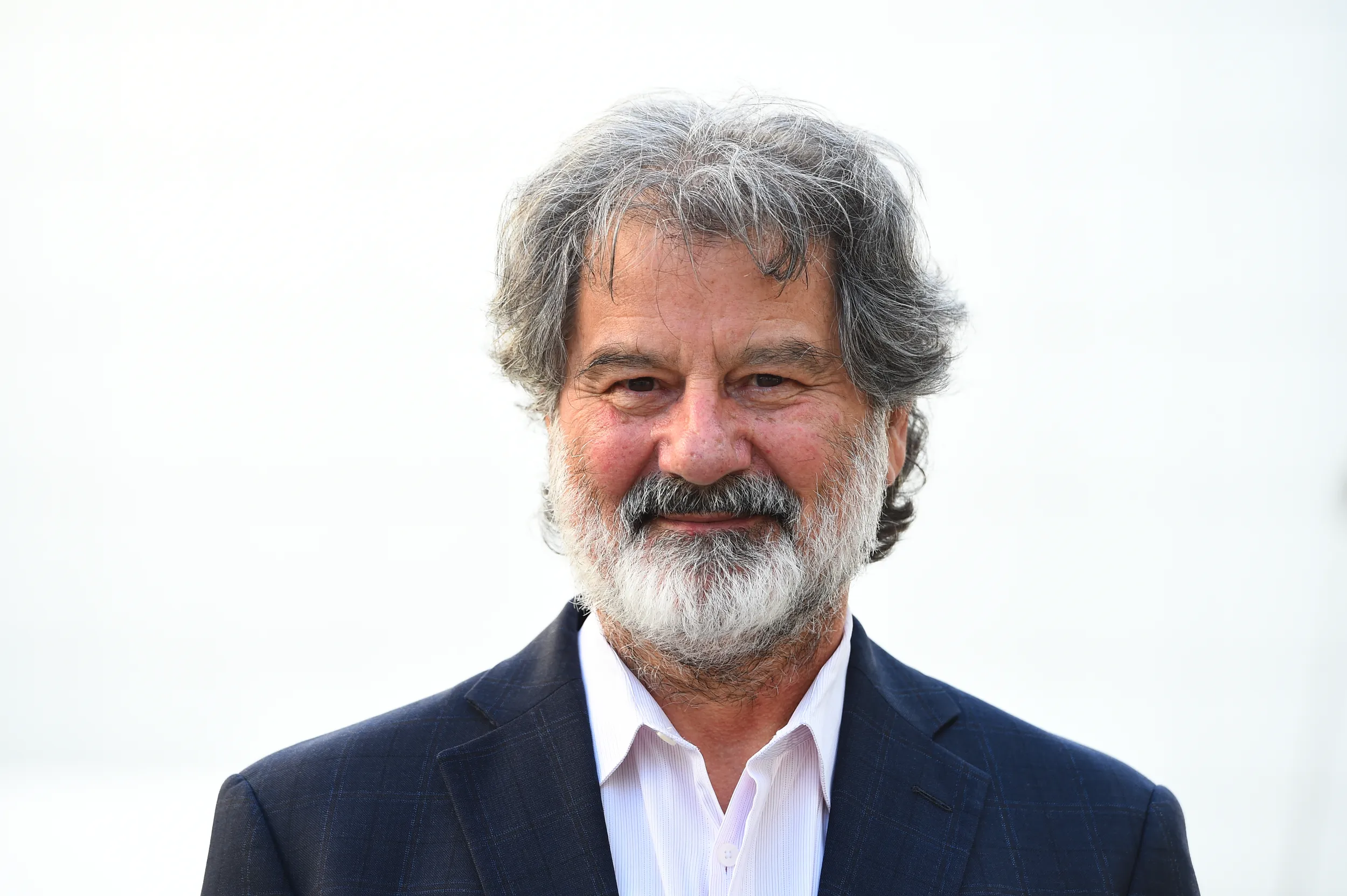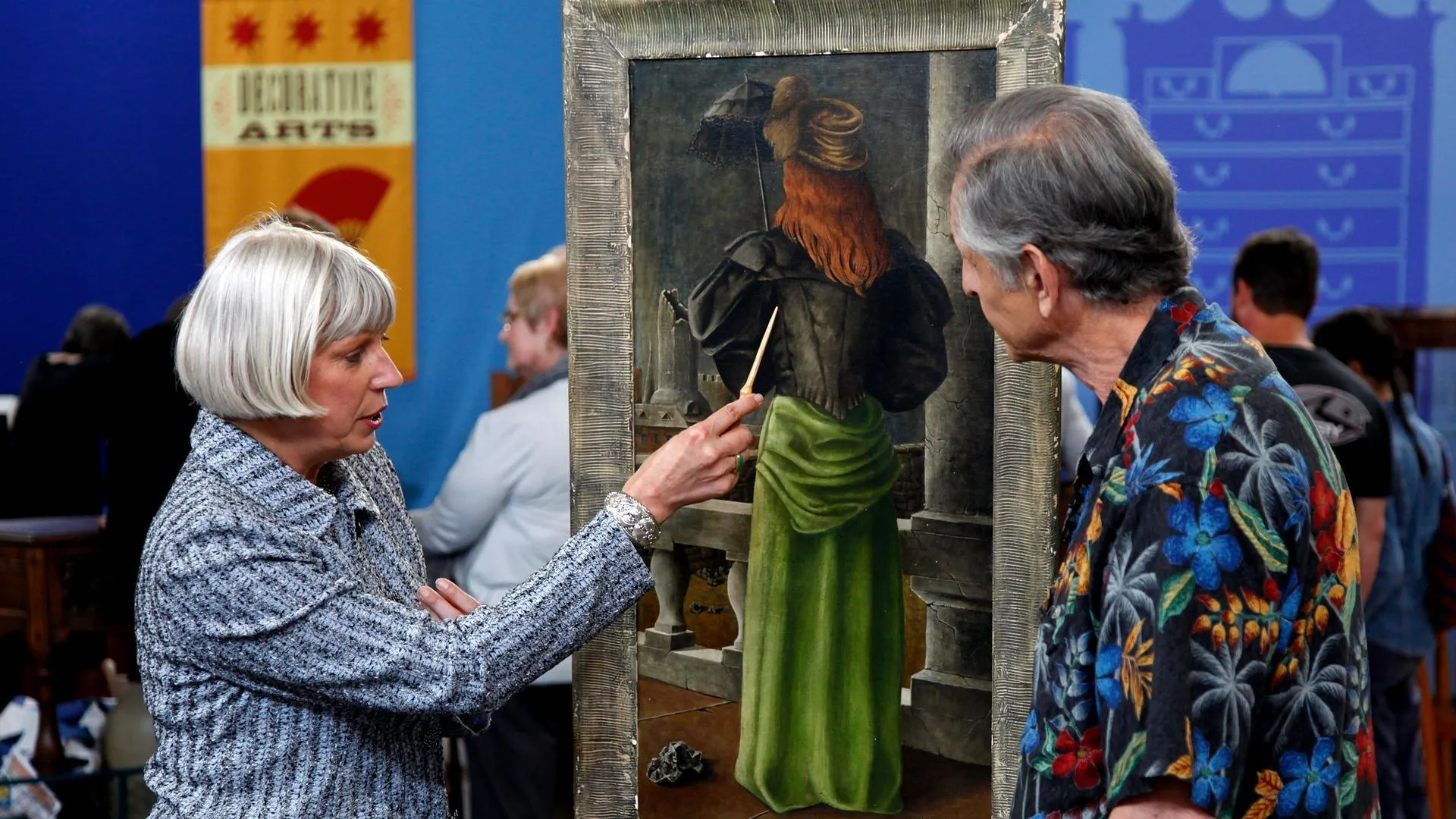GUEST: I don't know a whole lot about it other than it was a gift from my Aunt Marilyn, and she gave it to me about 15 years ago. She purchased it from a professor from Boston University who was retiring, and he was a professor of American Indian art. And he sold off his entire collection. She bought two pieces. This is the one surviving piece. The other one was broken. She purchased it, it was 1959.
APPRAISER: This is a Native American pot. Do you know the tribe that made it?
GUEST: I think it's Hopi.
APPRAISER: It is Hopi. It's from an area on the Hopi Reservation called Hano. These are very, very ancient designs. But the pot dates to the early 20th century, perhaps the teens. Most significant, I think, is the maker. I believe this pot is made by a woman named Nampeyo. She was the grand dame of Pueblo pottery. She just literally transformed Pueblo pottery making in the entire Southwest.
GUEST: Oh, really?
APPRAISER: She's quite a remarkable woman. She found broken pieces of local ancient pottery from the Sikyatki tribe, a 1,000... 1,500-year-old tribe, and she replicated those designs on her contemporary pots. It became very, very popular. Many people followed, particularly in her family, making these pots. One of the characteristics of Nampeyo's design was symmetry. She typically designed in quadrants. You'll notice there are four elements to this pot.
GUEST: Right.
APPRAISER: The feather design here, perhaps a very highly abstracted bird design there, a repeat of this feather design-- really elegant, elegant little touches-- and then, I believe, a bird design with a tail and wings. This is a seed jar, and the very, very constricted neck would be used to keep the moisture in or out. You have polychrome-- you have a reddish brown, a dark brown. Really a magnificent object in terrific condition. Did you have a feeling for value?
GUEST: I don't. I know she paid $75 for it back in '59.
APPRAISER: That was a good deal in 1959.
GUEST: I figured it probably was.
APPRAISER: I think on a retail basis, this pot would perform very well, maybe in the neighborhood of $12,000 to $15,000.
GUEST: Twelve to fifteen? Okay.
APPRAISER: It's a very, very special pot.
GUEST: Oh, good.
APPRAISER: It's made by the greatest potter, perhaps, in North America of the 20th century.
GUEST: Huh.











